True revolutionaries don’t come along very often.
When they do, it’s easy to think of them as overnight successes. But more often than not, the real game changers have been quietly working towards a pivotal moment for years.
For Dave Dombrow and Kevin Fallon, that pivotal moment was the creation of Speedland.
Specifically, the brand’s SL:PDX – a revolutionary concept in high-performance footwear.
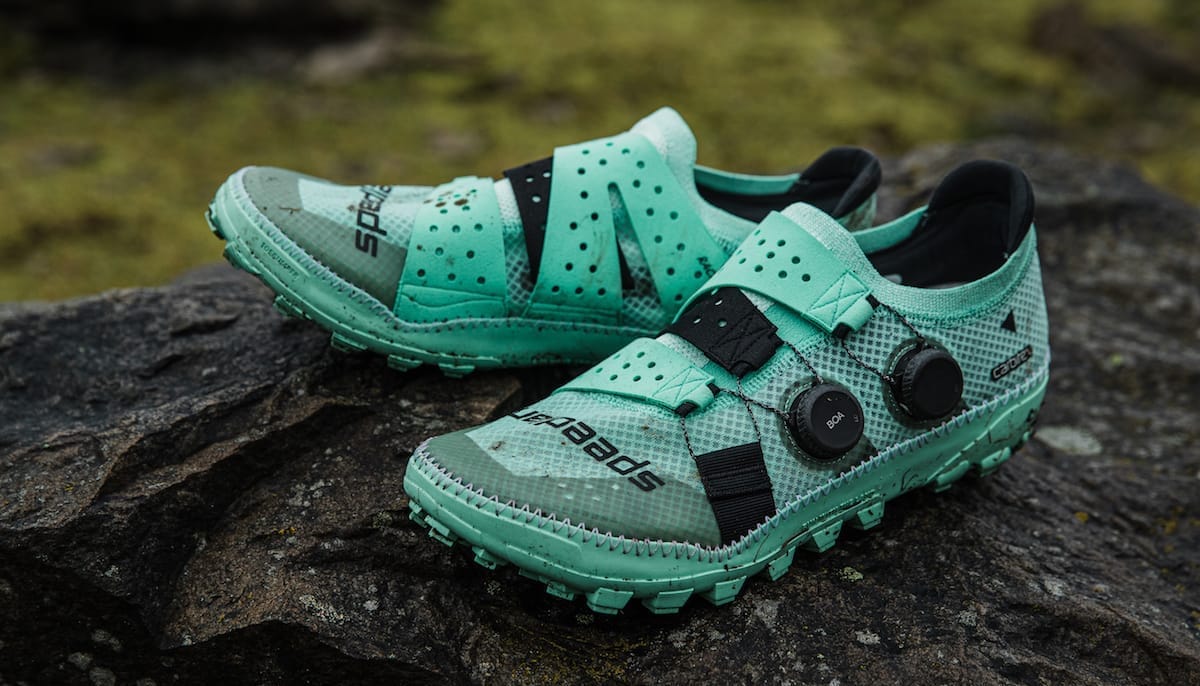
Customise. Don’t Compromise.
The SL:PDX gives runners the ability to customise feel and traction so they can adapt to the terrain.
Its innovative outsole is the first to feature Michelin’s cuttable blocks technology, a concept that was key to the level of customisation Speedland’s founders set out to create.
“We had seen cuttable block technology on Michelin mountain bike tyres and thought it would be interesting to bring this idea to footwear,” Dave explains.
The pair refused to compromise on any aspect of the shoe. Every layer would be constructed from premium materials in partnership with the industry’s elites.
Speedland was, after all, the culmination of two glittering careers with the world’s biggest footwear brands. Dave and Kevin first met while working for Nike’s basketball division, before both going on to work for Puma – albeit across two continents as Dave was based in Boston while Kevin was in Germany.
They then worked closely together for several years at Under Armour, before deciding it was time to bring their experience and ideas to new projects through their own company.
Trail running was the natural choice.
“We really wanted to start a company that married our interests and values,” Dave explains. “We both love high-performance equipment and the outdoors, which helped form the Speedland concept.”
“Trail running is physically challenging, but mentally calming. It allows the runner to connect with the outdoors and deliver new experiences with every run. Also, the community across the world is very friendly – it’s fun to share this passion wherever you travel.”
Breaking down the SL:PDX
Every shoe can theoretically be broken down into several component parts. But in the case of the SL:PDX, there’s nothing theoretical about it.
Dave and Kevin felt existing trail running shoes forced the wearer to compromise, trading attributes off against each other. They wanted to do better.
“We looked at all the functional attributes of a trail shoe and tried to optimise each one,” says Dave. “From fit, to cushion, to propulsion, to traction. We partnered with experts in each area and used the best components.”
So what does that mean for the final shoe design, and the athletes who wear it? Let’s take a look at the key pieces of the puzzle:
The midsole
Well, technically there are two midsoles. A lightweight, thin lower layer gives the runner a good feel for the ground, while a thicker Pebax foam layer helps preserve the energy usually lost when the foot hits the ground.
A unique Carbitex carbon fibre plate snaps onto the upper layer, providing stability and additional energy preservation. The plate’s asymmetrical flex design means it’s stiff in one direction, but flexible in the other, maximising propulsion. And it can be easily removed when conditions call for it.
Closure system
“We’re big believers that better fit equals better performance,” says Kevin. That’s why Speedland chose the new BOA Li2 fit system. Two dials can be turned in precise increments to loosen or tighten the straps, allowing the wearer to find their perfect fit.
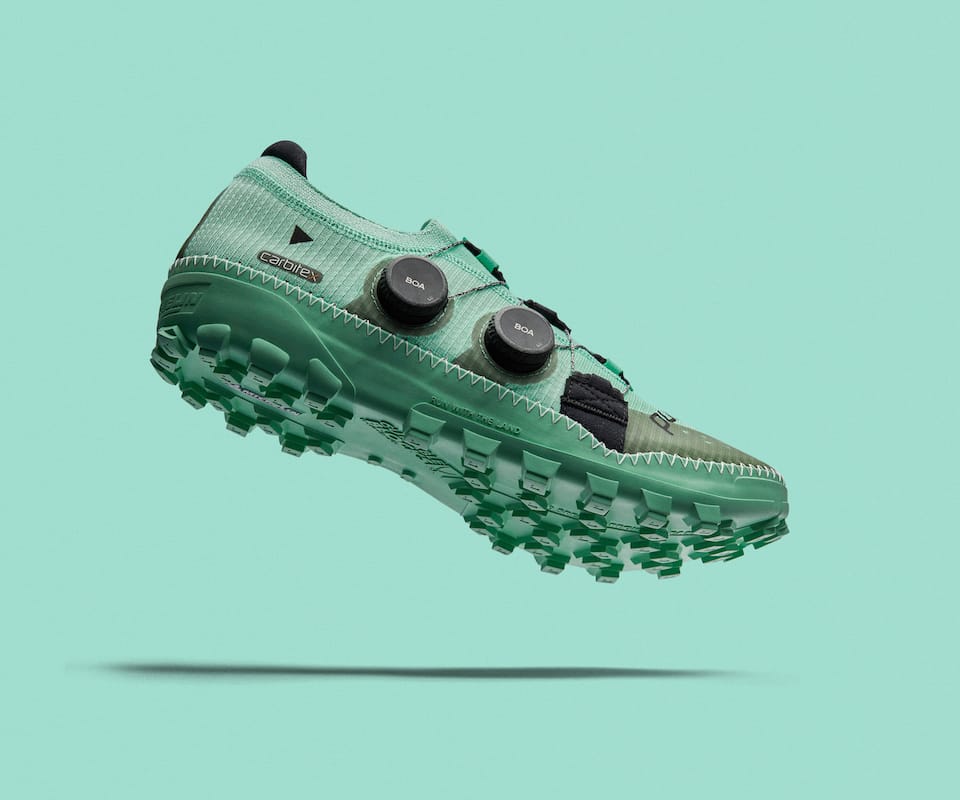
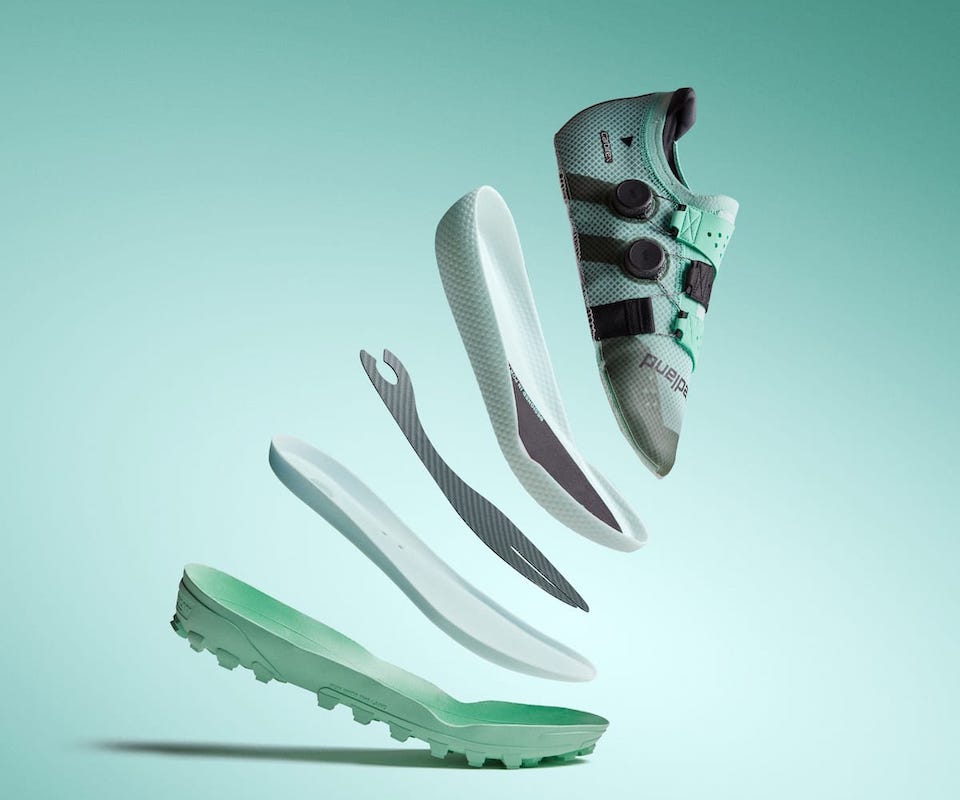
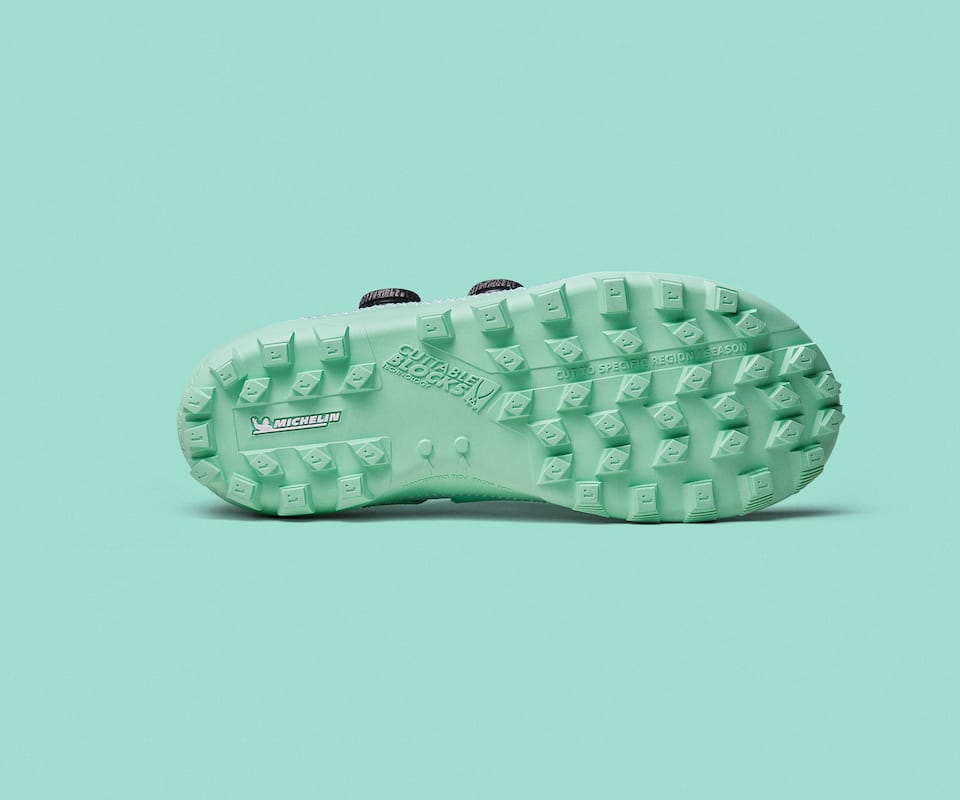
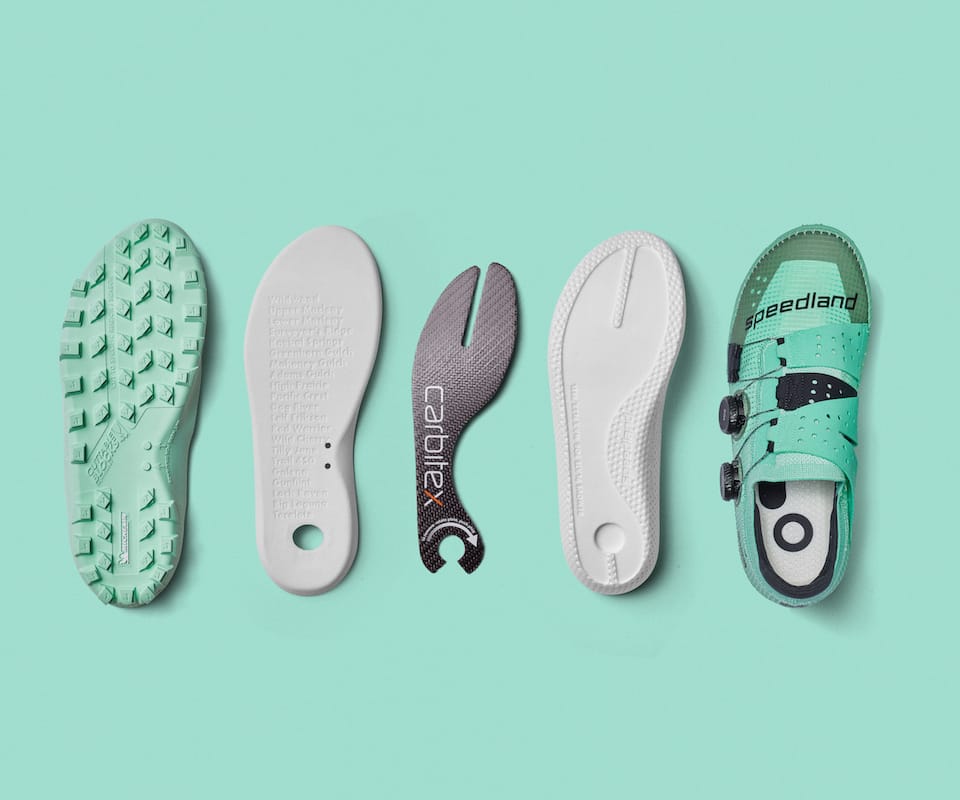
Durable materials
Dyneema fibres have been used in both the knit and the stitching. They’re strong and durable, with anti-abrasion resistance particularly important to making sure the SL:PDX can withstand the toughest trails.
The outsole
And of course, there’s that revolutionary Michelin outsole.
The idea behind the cuttable blocks is to allow the wearer to shape the sole to their environment. Each lug can be shortened using a pair of pliers, so you can find the combination that works best for you and your terrain.
“A runner could trim the top lugs if they live in a dry climate like Southern California,” Dave explains. “In Oregon, we would probably leave the lugs long, as we enjoy more rain.”
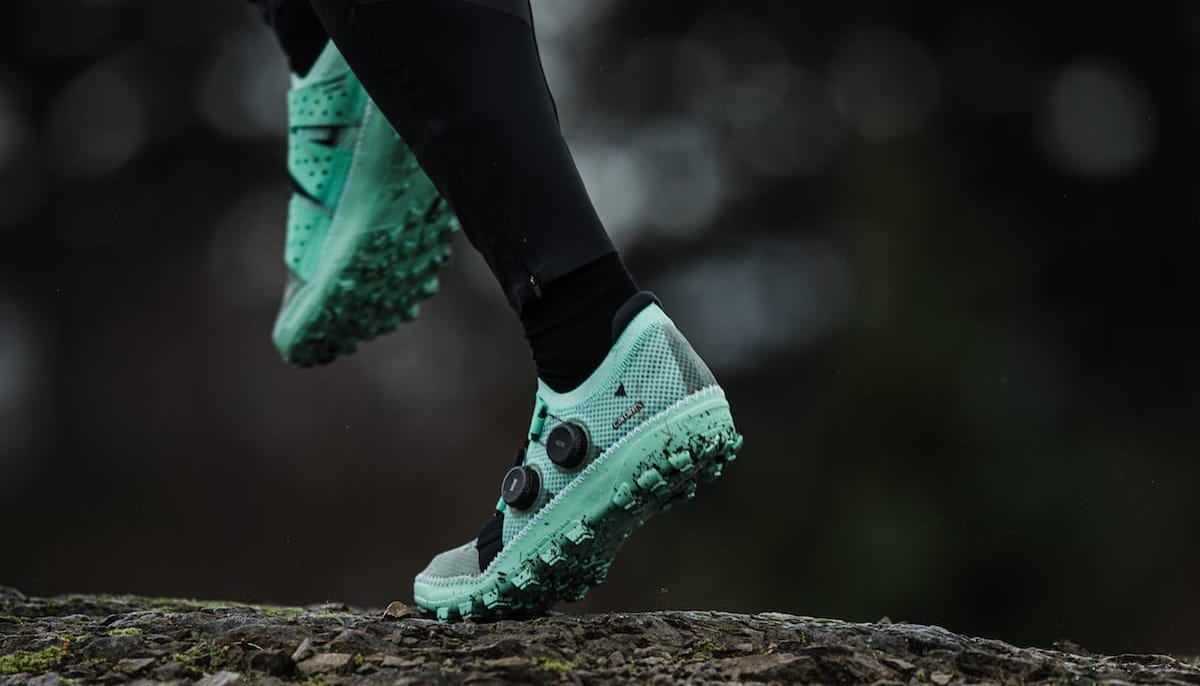
Sustainable (and replaceable) construction
The ability to separate the components means some can be replaced to extend the life of the SL:PDX. What’s more, the shoe can be deconstructed and its individual parts sent for recycling at their respective centres, making it one of the most sustainable trail running shoes available.
Unprecedented control
All of this gives a runner unprecedented control over how the shoe feels and performs, and every aspect has been designed, tested and adapted in collaboration with elite athletes.
Ultrarunners like Liz Canty and Don Reichelt have pushed the SL:PDX to its limits on some of the world’s most gruelling 50K and 100K races, with customised configurations giving them an edge no matter the terrain.
Athletes like these are at the heart of Speedland’s plans, with Dave explaining that they continue to listen to what works best for runners as they think about the future of the brand. It is, by its very nature, adaptable. Responsive. Customisable.
The SL:PDX represents a revolution in trail running technology. And we can’t wait to see what comes next.
